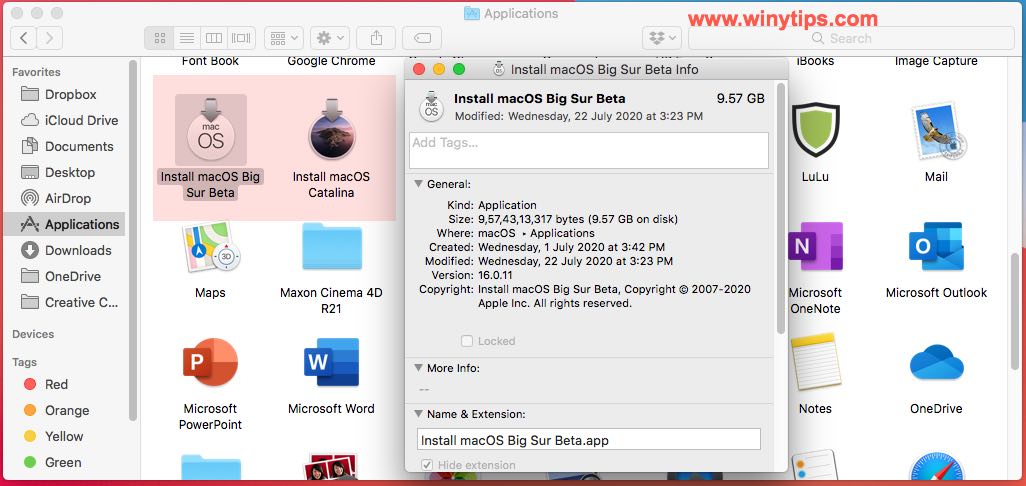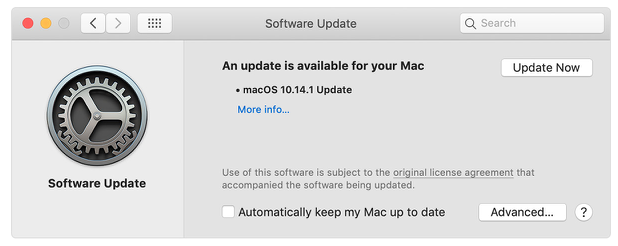When you install Microsoft Windows on your Mac, Boot Camp Assistant automatically opens the Boot Camp installer, which installs the latest Windows support software (drivers). If that doesn't happen, or you experience any of the following issues while using Windows on your Mac, follow the steps in this article.
- Your Apple mouse, trackpad, or keyboard isn't working in Windows.
Force Touch isn't designed to work in Windows. - You don't hear audio from the built-in speakers of your Mac in Windows.
- The built-in microphone or camera of your Mac isn't recognized in Windows.
- One or more screen resolutions are unavailable for your display in Windows.
- You can't adjust the brightness of your built-in display in Windows.
- You have issues with Bluetooth or Wi-Fi in Windows.
- You get an alert that Apple Software Update has stopped working.
- You get a message that your PC has a driver or service that isn't ready for this version of Windows.
- Your Mac starts up to a black or blue screen after you install Windows.
If your Mac has an AMD video card and is having graphics issues in Windows, you might need to update your AMD graphics drivers instead.
Install the latest macOS updates
Fix “Setting Up Your Mac” If your Mac become unresponsive during setup, first allow your Mac to complete the process. If it is taking too long (hours), then reset the System Management Controller (SMC) on your Mac to fix this problem. Here is how: Resetting the SMC is done slightly differently depending on the type of Mac you have.

Before proceeding, install the latest macOS updates, which can include updates to Boot Camp.
Format a USB flash drive
To install the latest Windows support software, you need a 16GB or larger USB flash drive formatted as MS-DOS (FAT).

- Start your Mac from macOS.
- Plug the USB flash drive into your Mac.
- Open Disk Utility, which is in the Utilities folder of your Applications folder.
- Choose View > Show All Devices from the menu bar.
- From the sidebar in Disk Utility, select your USB flash drive. (Select the drive name, not the volume name beneath it.)
- Click the Erase button or tab.
- Choose MS-DOS (FAT) as the format and Master Boot Record as the scheme.
- Click Erase to format the drive. When done, quit Disk Utility.
Download the Windows support software
After preparing your USB flash drive, complete these steps:
- Make sure that your Mac is connected to the Internet.
- Open Boot Camp Assistant, which is in the Utilities folder of your Applications folder.
- From the menu bar at the top of your screen, choose Action > Download Windows Support Software, then choose your USB flash drive as the save destination. When the download completes, quit Boot Camp Assistant.
Learn what to do if you can't download or save the Windows support software.
Install the Windows support software
After downloading the Windows support software to your flash drive, follow these steps to install the software. (If you're attempting to resolve issues with a Bluetooth mouse or keyboard, it might be easier to use a USB mouse or keyboard until these steps are complete.)
- Make sure that the USB flash drive is plugged into your Mac.
- Start up your Mac in Windows.
- From File Explorer, open the USB flash drive, then open Setup or setup.exe, which is in the WindowsSupport folder or BootCamp folder. When you're asked to allow Boot Camp to make changes to your device, click Yes.
- Click Repair to begin installation. If you get an alert that the software hasn't passed Windows Logo testing, click Continue Anyway.
- After installation completes, click Finish, then click Yes when you're asked to restart your Mac.
Learn more
If you can't download or save the Windows support software:
- If the assistant says that the Windows support software could not be saved to the selected drive, or that the USB flash drive can't be used, make sure that your USB flash drive has a storage capacity of at least 16GB and is formatted correctly.
- If the assistant doesn't see your USB flash drive, click Go Back and make sure that the drive is connected directly to the USB port on your Mac—not to a display, hub, or keyboard. Disconnect and reconnect the drive, then click Continue.
- If the assistant says that it can't download the software because of a network problem, make sure that your Mac is connected to the Internet.
- Make sure that your Mac meets the system requirements to install Windows using Boot Camp.
If a Mac feature still doesn't work after updating the Windows support software, search for your symptom on the Apple support website or Microsoft support website. Some features of your Mac aren't designed to work in Windows.
| Important Reminder: |
| Flash Player's end of life is December 31st, 2020. Please see the Flash Player EOL Information page for more details. |
Having trouble installing Adobe Flash Player? Identify your issue and try the corresponding solution.
1. Have you checked if Flash Player is already installed on your computer?
2. Are you being asked to close the browser?
On Safari, the installer closes the browser to proceed with the installation.
Follow these instructions.
3. Have you checked if Flash Player is enabled in your browser?
For Firefox on any OS, see Enable Flash Player for Firefox.
For Safari on Mac OS, see Enable Flash Player for Safari.
For Google Chrome, see Enable Flash Player for Chrome.
For Opera, see Enable Flash Player for Opera.
4. Did the installer start installing?
You don’t know where the Flash Player installer has been downloaded.
By default, the files are downloaded and saved to the Downloads folder unless the 'save to' location is changed manually.
- After downloading Flash Player, close all browsers.
- Locate the Flash Player install file. Unless you have specified otherwise, the file is saved in your Downloads folder.
- Double-click the installer file to begin the Flash Player installation.
Choose Window > Downloads or press Option+Command+L. Control-click the downloaded file and choose Show in Finder.
5. Are you unable to resolve the issue?

The rich-media content does not work, and you do not know what the issue is.
Uninstall Flash Player and perform a clean install of Flash Player.
6. Do you have password-related issues?
If you are unable to authenticate successfully, check your user name and password. Use your system credentials, not your Adobe ID.
Still having problems?
If you are still having trouble installing Adobe Flash Player, try downloading the installer directly from the following sites:
Mac Won T Turn On
- Flash Player for Safari and Firefox - NPAPI
- Flash Player for Opera and Chromium-based browsers - PPAPI
T Mac Download
Also see: